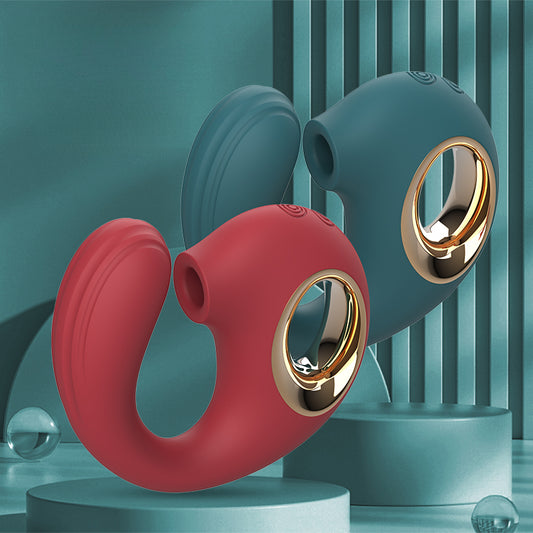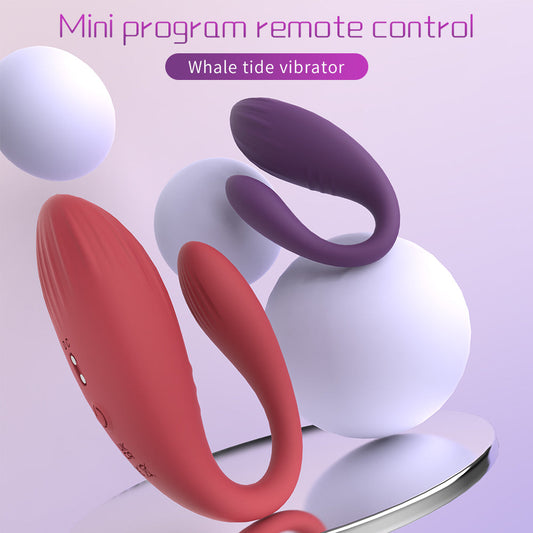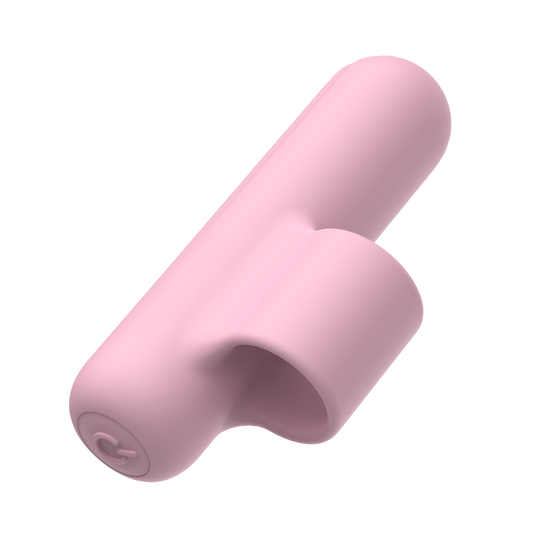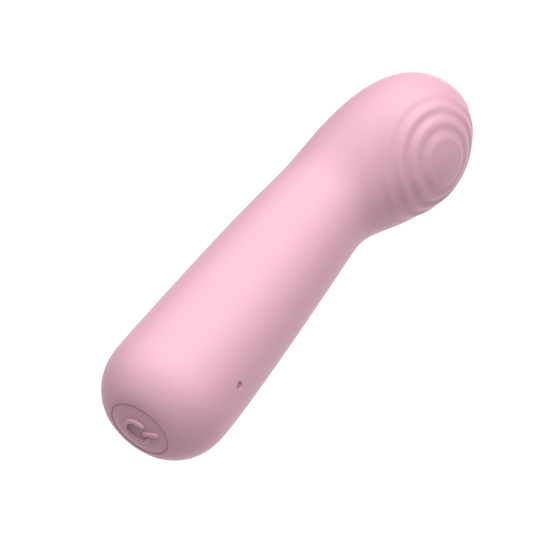
A Complete Beginner’s Guide For G Spot
The G spot, or Grafenberg spot, is a well-known but often misunderstood part of female anatomy. Many people wonder, “Where is the G spot?” or “How can I stimulate it effectively?” To explore new feelings, learn about your body, or get closer to a partner, this guide is for you.
The G spot is a erogenous zones, a hidden gem of sexual pleasure. It can be subtle or extremely intense. With curiosity, patience, and good guidance, you can explore safely. You can discover new feelings and improve sexual activity both solo and partnered sexual experiences.
This guide will help you understand and find the G spot. It covers its anatomy, exploration techniques, tools, and partner tips. You will also find safety advice and details about pleasure. The explanation presents everything in a simple way that is easy to follow.
Understanding the G Spot: Anatomy and Sensation
The G spot is a small area located on the front wall of the vagina, about 1–3 inches inside. Even though it is small, the structure closely links to the clitoris, urethra, and vaginal nerves. This connection forms what scientists call the clitoris-urethra-vagina (CUV) complex.
This connection explains why stimulating the G spot can produce different feelings. These feelings are not the same as those from clitoral or vaginal touch.
What it feels like: Many women say the G spot feels a bit firm or spongy. People often compare it to the texture of the roof of the mouth.
When aroused, it can feel swollen and more sensitive. Some report a deep, internal pressure or tingling that radiates warmth through the pelvis. For some, G spot stimulation leads to intense orgasms; for others, it increases arousal and intimacy without climax.
Why it matters: Exploring the G spot is not just about orgasm. Also, knowing your body and enjoying more pleasure is important. Research shows that women who explore this area often feel more sexual satisfaction. They also report a stronger connection with their partner.
Practical tip: The G spot is more responsive when the body is relaxed and fully aroused. Foreplay, gentle touch, and a calm environment are essential to making exploration enjoyable.
How to Locate Your G Spot
Finding the G spot is often the first challenge, but it’s not difficult once you understand the basics.
| Feature | Description | Tip |
|---|---|---|
| Location | Front wall of the vagina, 1–3 inches inside | Use fingers or a curved vibrator; start when aroused |
| Feel | Slightly rough or spongy | Insert fingers, palm up, and curl toward the front wall |
| Sensation | Deep pressure, tingling, warmth | Adjust pressure and angle slowly; focus on internal feelings |
Step-by-step guide to locating the G spot:
- Create a comfortable environment: A warm bath, dim lighting, or a cozy bed helps your body relax. Stress-free surroundings enhance sensitivity.
- Get excited first: Foreplay or external clitoral stimulation boosts blood flow to the pelvic area. This makes the G spot easier to feel.
- Apply lubricant: Water-based lube reduces friction and enhances comfort, allowing for smoother exploration.
- Insert fingers or a curved G spot vibrator: Palm up, fingers slightly bent, gently push toward the anterior wall. Use slow, controlled movements.
- Experiment with pressure and rhythm: Light tapping, gentle “come hither” strokes, or circular motions can reveal different sensations.
-
Pay attention to your body: You may feel a subtle tingling, warmth, fullness, or pulsing sensation. Adjust the angle and pressure until you find what feels best.
Sensory note: Many women notice a wave-like sensation or a deep, internal pulse during stimulation. This feeling is often amplified when combined with other forms of touch.
Techniques for G Spot Stimulation
Solo Exploration
Exploring your own body is a crucial first step. Knowing what feels good helps you communicate preferences to a partner and improves confidence.
Step-by-step solo guide:
- Start slow: Relax, breathe deeply, and focus on the sensations.
- Use your fingers first. One or two fingers can curl toward the front wall. This helps you find angles and pressure that feel good.
- Incorporate a vibrator: A curved G spot vibrator can help reach areas that fingers might miss. Adjust vibration levels gradually.
- Combine stimulation: Try adding external clitoral stimulation. The combination often creates deeper, more intense sensations.
- Experiment with rhythms: Slow pulses, circular motions, or gentle tapping can elicit different responses.
- Edging: Pause or reduce pressure near climax to prolong and intensify the orgasm.
You may feel a deep warmth in your pelvis. You might also feel a pulsing fullness or tingling in your lower abdomen and thighs. Some women experience a combination of internal pleasure and external excitement.
Partner Exploration
Introducing a partner adds intimacy and can amplify pleasure. Communication is key.
Guided exploration steps:
- Talk openly: Explain what feels good, which pressure is comfortable, and preferred angles.
- Guide their hand: Gently place your partner’s hand or fingers where you feel most pleasure.
- Use a G spot vibrator together: Let your partner operate the device while providing feedback.
- Combine with other techniques: Include external clitoral stimulation, kissing, or gentle massage.
- Adjust tempo and pressure: Explore different speeds and intensities based on feedback.
Sensory note: Shared exploration often increases anticipation and heightens intimacy. Gentle teasing, slow progression, and laughter can make the experience more enjoyable and less pressured.
Combination Techniques for Maximum Pleasure
- G spot + clitoral stimulation: Multi-modal stimulation often leads to stronger orgasms.
- Edging: Reduce pressure or pause stimulation before climax to build intensity.
- Rhythmic variation: Slow, deliberate strokes often produce deeper pleasure than fast or aggressive movements.
- Use water-based lubricants: This reduces friction and allows for smoother movement, especially during partner play or with toys.
Sensory note: Many women report a “wave-like” orgasm that feels different from clitoral-only orgasms. You may notice deep internal pressure, pulsing, warmth, or an expansive sensation in the pelvis.
Tools to Enhance G Spot Exploration

- G spot vibrators: Curved design targets the anterior wall; adjustable vibration allows gradual exploration.
- Fingers: One or two fingers are often enough for beginners.
- Lubricants: Water-based lubricants reduce friction and increase comfort.
- Combination toys: Some devices provide both G spot and clitoral stimulation simultaneously, enhancing overall pleasure.
Practical tip: Always start with gentle, adjustable tools. Explore slowly and focus on sensations, not performance.
Safety and Comfort
- Use body-safe materials: I recommend medical-grade silicone.
- Clean toys before and after use: Maintain hygiene for safety.
- Apply lubricant liberally: Prevents friction and discomfort.
- Avoid excessive force: Gentle pressure yields better pleasure and avoids injury.
- Listen to your body: Stop immediately if you feel pain, numbness, or irritation.
Sensory note: Comfort and relaxation are critical. A relaxed body responds better to stimulation, allowing for more enjoyable exploration.
Common Questions Beginners Ask
Q: Can all women have G spot orgasms?
A: No. Sensitivity varies. Many women enjoy increased arousal even without orgasm.
Q: Do I need a G spot vibrator?
A: Not required, but helpful for precise stimulation, especially during solo exploration.
Q: How can a partner assist?
A: Open communication, gentle guidance, and combined techniques enhance pleasure. Focus on sensation, not rushing to orgasm.
Q: What does G spot stimulation feel like?
A: Tingling, warmth, deep pressure, pulsing, or wave-like sensations. Some women experience full-body responses.
Q: How long should I explore?
A: Take your time. Sessions can be 10–30 minutes or longer. No rush, exploration is about discovery and pleasure.
Creating the Ideal Environment for Exploration
- Comfortable space: Warm bath, cozy bed, soft blankets.
- Mood matters: Soft lighting, gentle music, and playful teasing enhance sensitivity.
- Relaxed mindset: Leave performance anxiety aside. Focus on sensations, curiosity, and self-pleasure.
- Privacy: Ensure uninterrupted time to focus fully on your body and sensations.
Sensory note: Exploring in a calm and supportive place helps your body respond better. This creates richer and more enjoyable feelings.
Conclusion
The G spot is a unique and highly individual part of female sexual anatomy. Pleasure varies, but with patience, curiosity, and open communication, it can enhance intimacy and sexual satisfaction.
Using your fingers or a G-spot vibrator can create strong feelings. Try different angles, pressure, and rhythms. Mixing these techniques with clitoral stimulation can enhance the experience.
The key is relaxation, exploration, and enjoyment. Focus on the journey, not the outcome.
Remember, sexual exploration is a personal and shared adventure. With the right approach, you can find deeper pleasure, stronger orgasms, and a closer connection with your body or partner.
References
- Kinsey Institute. (2010). Female orgasm study. Indiana University. Survey found only 35–40% of women consistently experience G spot pleasure. https://kinseyinstitute.org/
- Komisaruk, B.R., Whipple, B., & Crawford, A. (2004). The Science of Orgasm. Johns Hopkins University Press. Noted G spot sensitivity varies widely. https://www.press.jhu.edu/books/title/8502/science-orgasm
- Levin, R.J. (2002). The physiology of sexual response in women. Journal of Sex Research. Emphasized partner communication enhances sexual pleasure. https://www.tandfonline.com/doi/abs/10.1080/00224490209552132
- Frederick, D.A., John, H.K.S., Garcia, J.R., & Lloyd, E.A. (2018). Differences in orgasm frequency among sexual orientations. Archives of Sexual Behavior, 47, 273–288. https://link.springer.com/article/10.1007/s10508-017-0939-z











